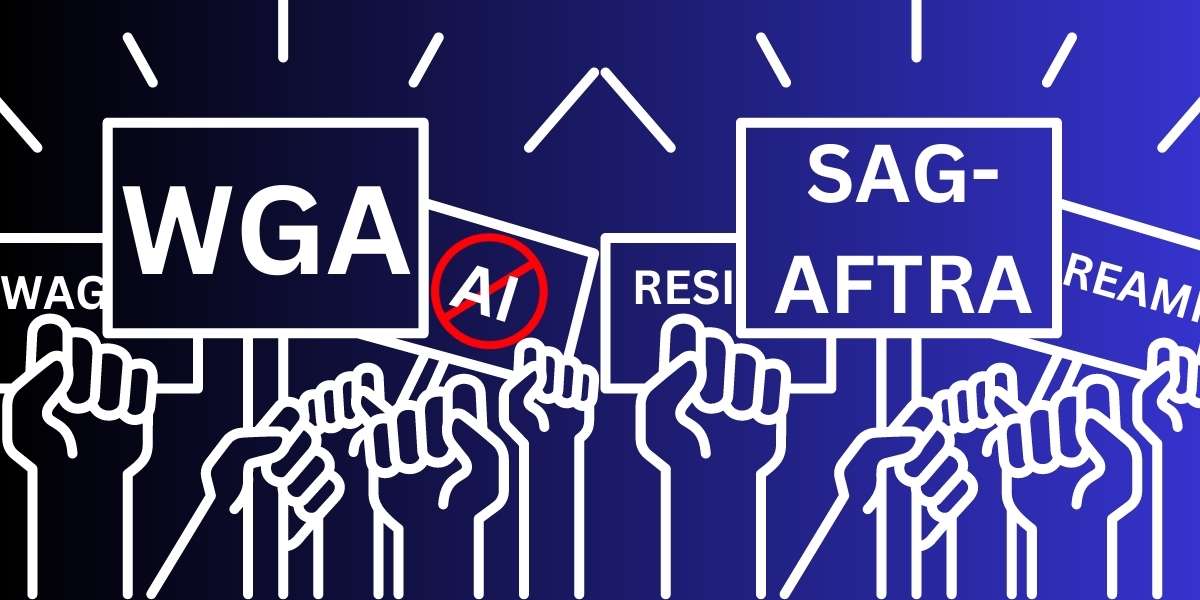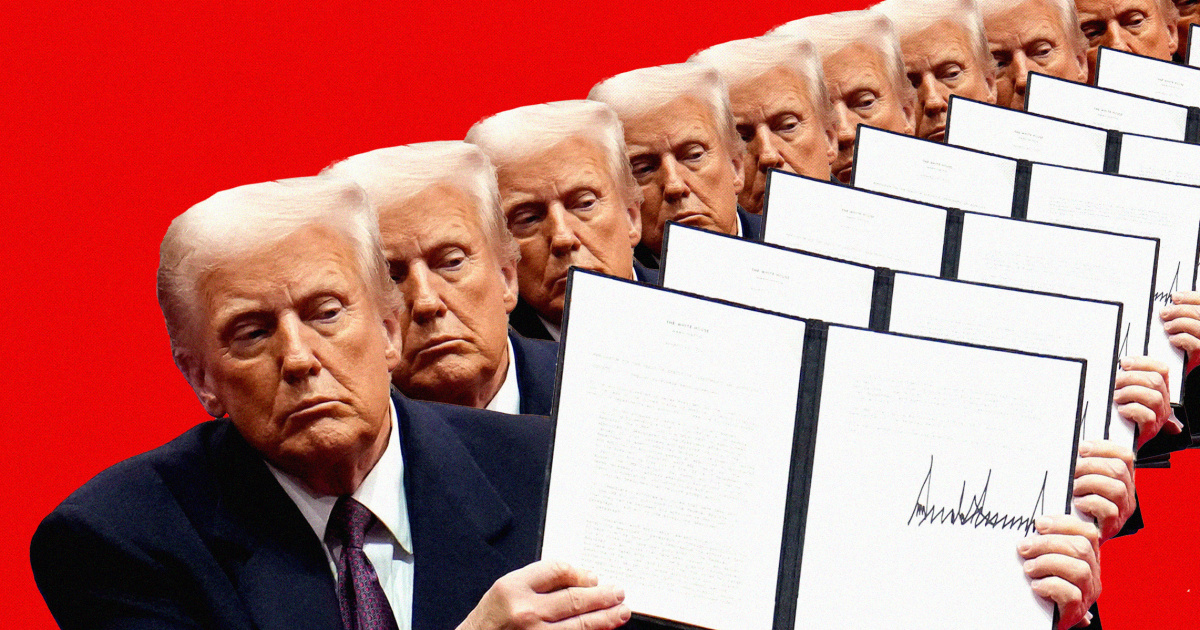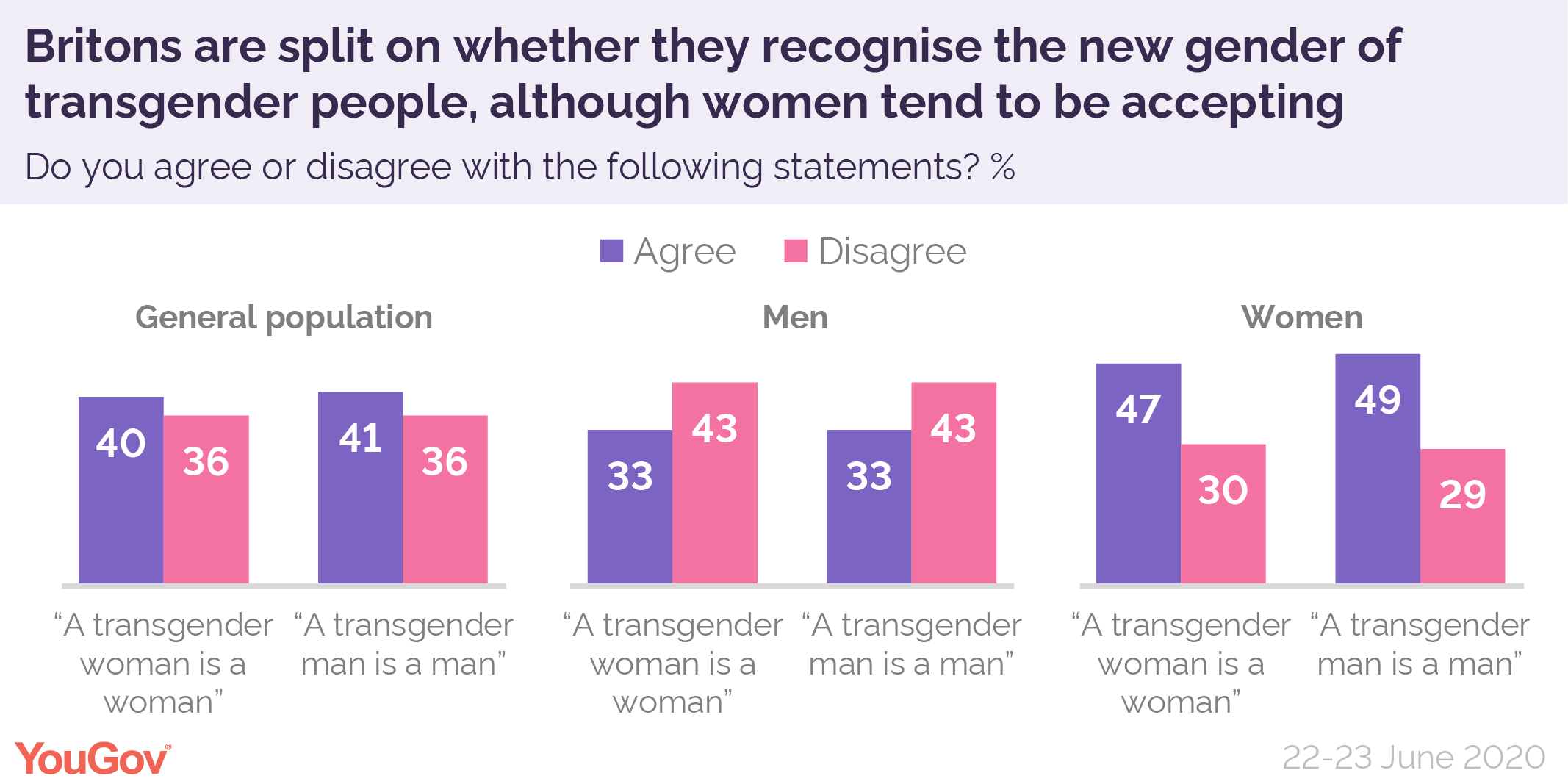WGA And SAG-AFTRA Strike: A Complete Shutdown Of Hollywood

Table of Contents
Key Demands of the WGA and SAG-AFTRA Strikes
The strikes are fueled by a convergence of concerns regarding fair compensation, the impact of artificial intelligence, and overall working conditions. Both the WGA strike and the SAG-AFTRA strike share some common goals, highlighting the widespread dissatisfaction within the entertainment industry.
Fair Wages and Residuals in the Streaming Era
The rise of streaming services has fundamentally altered the landscape of television and film. While streaming platforms have enjoyed massive growth and profitability, the traditional compensation models for writers and actors have not kept pace. The shift away from traditional broadcast and cable television has led to a significant decrease in residuals, the payments actors and writers receive for reruns and syndication.
- Lack of transparency in streaming revenue: The financial success of streaming shows is often opaque, making it difficult for writers and actors to negotiate fair compensation based on actual performance.
- Inadequate residuals for reruns and streaming viewership: Streaming models often pay a fraction of what traditional broadcast residuals provided, leaving many struggling to make ends meet.
- Demand for a percentage of streaming profits: Both the WGA and SAG-AFTRA are pushing for a more equitable share of the profits generated by streaming services, reflecting the crucial role they play in the success of these platforms. This move towards profit participation is key to addressing the imbalance between platform profits and artist compensation.
Protecting Writers and Actors from AI
The rapid advancement of artificial intelligence (AI) poses a significant threat to the livelihoods of writers and actors. The ability of AI to generate scripts and even realistic digital performances raises concerns about job displacement and the devaluation of human creativity.
- Concerns about AI-generated scripts: Writers fear that AI could be used to generate low-cost scripts, undermining their professional value and reducing the demand for human writers.
- AI-generated performances: The use of AI to create digital replicas of actors raises concerns about consent, ownership, and the potential erosion of actor's roles.
- Demand for clear guidelines on AI usage and compensation: Both unions are demanding regulations and guidelines to ensure fair compensation when AI is used in any aspect of production, whether it's script generation or performance creation. The call for transparent regulations surrounding AI usage in the creative process is paramount.
Improved Working Conditions
For years, writers and actors have endured grueling working conditions, including excessively long hours, inadequate health benefits, and a lack of safety regulations. These issues have been exacerbated by the pressures of the modern entertainment industry.
- Excessive working hours: Many writers and actors routinely work well beyond a standard workday, leading to burnout and health problems.
- Inadequate health insurance: The cost of health insurance has become increasingly prohibitive, placing a significant burden on those working in the entertainment industry, particularly those employed on a freelance basis.
- Lack of rest periods: The demanding schedules often leave little time for rest and recovery, impacting both physical and mental well-being.
- Demands for improved safety standards on set: The unions are pushing for increased safety measures on film and television sets to protect the well-being of their members.
The Impact of the Hollywood Strike
The WGA and SAG-AFTRA strikes have had a profound impact on the entertainment industry, extending beyond the immediate participants.
Economic Consequences
The ripple effect of the strike is being felt across the entire entertainment ecosystem.
- Production delays: Countless film and television productions have been put on hold, creating significant delays in the release of new content.
- Job losses in related industries: The strike has led to widespread job losses among crew members, caterers, location scouts, and other professionals who rely on the entertainment industry for their livelihoods. This extends to local businesses that benefit from Hollywood spending.
- Economic losses for businesses reliant on Hollywood spending: Local economies in Los Angeles and other production hubs are suffering significant economic losses due to the decreased activity. Tourism is also being impacted.
Creative Implications
The creative landscape is also being dramatically affected by the strike.
- Postponed film and television releases: The release dates of numerous highly anticipated films and television shows have been pushed back indefinitely.
- Impact on awards season: The strike is likely to disrupt the upcoming awards season, potentially altering eligibility criteria and impacting the overall atmosphere.
- Potential loss of creative momentum: The prolonged stoppage of production could lead to a loss of creative momentum, impacting the overall quality and output of future projects.
Potential Resolutions and Future of the Hollywood Strike
The path to resolving the strikes remains uncertain. Both sides will need to engage in serious negotiations to find common ground.
- Potential compromise proposals: Mediation and compromise will be crucial in navigating the complex issues at stake.
- Role of mediation: Neutral third parties may play a vital role in facilitating communication and finding mutually acceptable solutions.
- Predictions for the duration of the strike: The length of the strike is highly dependent on the willingness of both sides to compromise and reach a fair agreement.
- Future implications for the entertainment industry and labor relations: The outcome of these strikes will have lasting implications for the future of labor relations within the entertainment industry, setting a precedent for how artists and studios negotiate in the digital age.
Conclusion
The WGA and SAG-AFTRA strike represents a pivotal moment for the Hollywood entertainment industry. The core issues – fair compensation, protection from AI, and improved working conditions – highlight the need for significant reform in how writers and actors are treated in the evolving media landscape. The economic and creative consequences of this complete shutdown are far-reaching. Understanding the complexities of the WGA and SAG-AFTRA strike is crucial for anyone interested in the future of filmmaking, television, and the entertainment industry as a whole. Stay informed about the ongoing negotiations and the potential resolutions to this historic Hollywood strike; the future of entertainment depends on it. The ongoing actors strike and writers strike impact all aspects of the industry, from streaming services to film production. Understanding the demands of the WGA strike and SAG-AFTRA strike is key to comprehending the potential long-term consequences for the entire industry.

Featured Posts
-
 S Sh A I Noviy Krizis Bezhentsev Vzglyad Iz Germanii
May 10, 2025
S Sh A I Noviy Krizis Bezhentsev Vzglyad Iz Germanii
May 10, 2025 -
 The Impact Of Trumps Executive Orders On The Transgender Community Personal Stories
May 10, 2025
The Impact Of Trumps Executive Orders On The Transgender Community Personal Stories
May 10, 2025 -
 Madhyamik Pariksha Result 2025 Merit List And District Wise Results
May 10, 2025
Madhyamik Pariksha Result 2025 Merit List And District Wise Results
May 10, 2025 -
 February 23rd Nyt Strands Puzzle 357 Complete Solution Guide
May 10, 2025
February 23rd Nyt Strands Puzzle 357 Complete Solution Guide
May 10, 2025 -
 Bangkok Post Reports Increased Advocacy For Transgender Rights
May 10, 2025
Bangkok Post Reports Increased Advocacy For Transgender Rights
May 10, 2025
